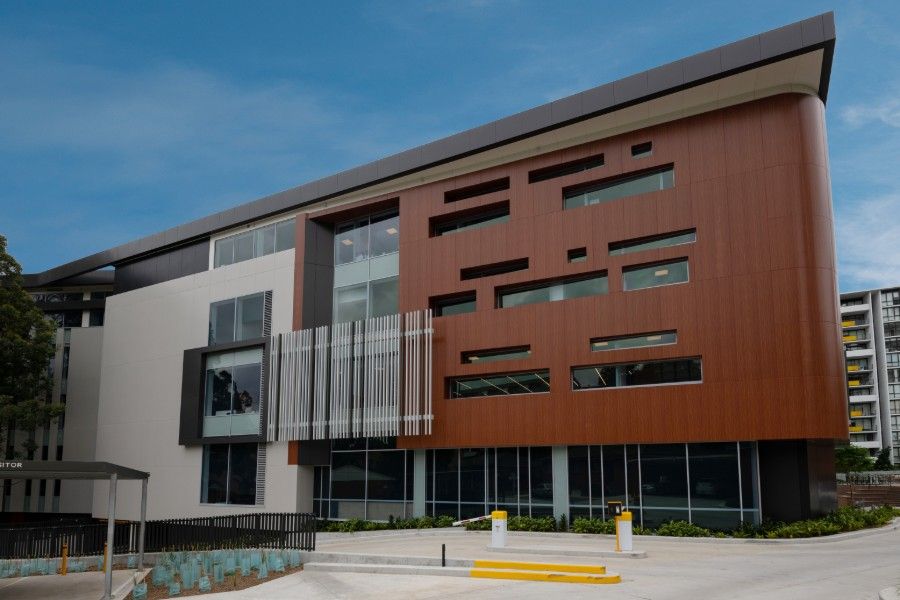As you are likely aware, Seismic Compliance requirements are becoming more rigorous in the Australian design, specification and construction industries.
Although Australia sits on its own tectonic plate, the continent and its built environment are still vulnerable to earthquakes and intraplate earthquakes can and do occur. Hence, all commercial buildings in Australia need to allow for earthquakes, no matter where they are located.
Depending on the building use, engineering calculations are done to determine if the structure of the building can withstand the force of an earthquake.
Proving compliance with earthquake regulations is not as easy as you would expect. Though securing seismic compliance with Supawood architectural lining systems including decorative timber ceiling, wall panels, and timber acoustic panels is more a matter of design specification rather than sole reliance on the product.

A structural engineer is required to assess a building against AS 1170.4-2007 Structural design actions Part 4: Earthquake actions in Australia. Builders are ultimately responsible for constructing a building according to AS1170.4, the Earthquake Standard. However, architects also play a key role by ensuring their designs and materials specified can be certified accordingly.
Non-structural components need to allow for earthquakes both in the way they are fixed and in the way they are located adjacent or to other structural or non-structural components.
Securing seismic compliance with SUPAWOOD architectural wall and timber ceiling lining systems begins at the by design stage, in consultation with structural engineers and installers, to allow suitable spacing between structural and non-structural elements in the building. This reduces or prevents collision or damage in the event of an earthquake.
Considered one of Supawood’s many strengths, we work collaboratively and directly with designers, specifiers, and builders to assert compliance with the relevant codes. Part of that parcel is implementing design-specific application of our associated fixtures for decorative wall and ceiling panels.
For ceilings, a common seismic design is called "fix and float", where the ceiling framing is only fixed to one of four walls, with the other three walls being floating. Supawood's recommended 15mm perimeter joint can still be used, but the framing is not locked to the other three walls. Usually, the most stable wall is chosen as the anchor wall. This allows the ceiling to move in an earthquake without being torn apart.
At SUPAWOOD we are the specialists in timber ceilings and timber acoustic panels. Our team is here to provide you with all the required specifications and information you need to achieve a seismic compliance, reflecting this section of the National Construction Code (NCC) 2019.
To help you further understand these seismic activity, seismic codes and earthquake design categories, please see the resource links below:
Seismic Codes – why they are important?
Learn why our Seismic Code is so important, even though Australia is not regarded as an earthquake-prone area like other parts of the globe. Read more >>>
What are the main Earthquake design categories?
Learn the basic rules that govern the design and construction of a building, that change as the earthquake risk increases in an area. Also, how to ensure that your linings and attachments are compliant. Read more >>>
Learn more about Seismic Compliance in our recent Webinar: CERTIFIED COMPLIANCE FOR PEACE OF MIND featuring Key Note Speaker Lewis Dunlop, who discusses seismic compliance in more detail.
